Very sick Meyer lemon, HELP!
Grace Romito
5 years ago
Featured Answer
Sort by:Oldest
Comments (130)
bigjawie98
3 years agoGrace Romito
3 years agoRelated Discussions
Help with sick Meyer lemon tree
Comments (11)Kev, that's it..5-1-1 FE has an odor, should have warned you..They also sell odorless, which, I think, not sure, contains parsley flakes..You can find it on Ebay at a decent price..Homeharvest.com sells an odorless, or did..it's been a while since I've checked their site. If you spray plants outside the odor won't matter..indoors lasts about 2 days..If it's warm crack open a window. Candles, incense, and/or air freshioners cover the smell. The good thing is, it's not harmful..So safe around kids/pets. If it does the job, it's worth a couple days sniffing fish..if you're a fish lover, it won't matter..LOLOL..Toni I use 1 capful of FE to a gallon of water..mix/shake thoroughly..place in a clean spray bottle..use after mixing. Don't let it sit overnight..Any fertilizer, be it chemical or organic is not to be used if sitting longer than a couple hours..so don't pre-mix. Good luck, Toni...See MoreHelp with sick meyer lemon tree
Comments (2)Kev, Powdery mildew sounds like a reasonable guess. It should not be that big a problem to correct. Bright sunlight, lower humidity levels, and good air circulation are helpful conditions. One thing to avoid is regularly misting or wetting of the leaves. Also, clear away any dropped leaves from the plant and container as they can harbor the spores. If the condition is very widespread, you can treat powdery mildew with a sulfur-based fungicide. Some of the usual manufactures of home/houseplant sprays sell premixed solutions that should work. Safers does. Neem oil is also supposedly effective, but it is a much more pricey option. On the positive side, Neem oil also is used for treating a number of other problems. Good luck! Don...See MoreSick and dying Meyer Lemon Tree
Comments (2)gpgruver, citrus and clay soils don't mix...unless you work at it. In locations where such soils are the norm, citrus are usually planted VERY high, or raised beds are built. Drainage systems can certainly be constructed prior to planting, as houston mentions. Even a very small change of grade (you mentioned that his plant is down-hill) can result in a heck of a lot of extra water moving through the soil system. Many people add lots of extra soil amendments when planting. This can result in lots of problems, especially in clayey soils! It is one of the reasons why the practice of amending the planting hole and backfill hasn't been recommended for many years. I don't want anyone to think that all clay soil situations can cause problems for citrus. Not true. I have very heavy clay but it drains well. We plant directly into the clay, making sure that holes are dug in the shape of a wide basin. Plants should be seated so that the top of the root ball is higher than the surrounding soil. The backfill is the same clay that was dug out of the hole. If I lived in an area where I could grow citrus, I wouldn't hesitate for one second....See MoreMy In Ground Meyer Lemon is sick
Comments (6)Well, if you shake the tree, and lots of little white flies fly away, it's probably Citrus Wwhitefly infestation. I can't see the leaves on the branch in the foreground, but it also looks to me like you may also have had some Citrus Leafminer damage as well. If you search the UC IPM site you'll see treatment for Citrus Leafminer as well. The best treatment for Whitefly is a hard blast of water, followed by either an application of Neem Oil, taking care to cover the undersides of the leaves, or, insecticidal soap, applies to the undersides of the leaves. You may have to repeat this several times. I would look carefully around your yard to see where else the whiteflies might be hiding, and treat those plants as well. Patty S. Here is a link that might be useful: UC IPM: Whitefly...See MoreSilica
3 years agoponcirusguy6b452xx
3 years agolast modified: 3 years agoSilica
3 years agoUser
3 years agoGrace Romito
3 years agoGrace Romito
3 years agoUser
3 years agoGrace Romito
3 years agoGrace Romito
3 years agoUser
3 years agoGrace Romito
3 years agolast modified: 3 years agoUser
3 years agoUser
3 years agoGrace Romito
3 years agoMeyermike(Zone 6a Ma.)
3 years agolast modified: 3 years agoUser
3 years agoGrace Romito
3 years agoGrace Romito
3 years agoUser
3 years agoMeyermike(Zone 6a Ma.)
3 years agolast modified: 3 years agoGrace Romito
3 years agoMeyermike(Zone 6a Ma.)
3 years agolast modified: 3 years agoUser
3 years agoMeyermike(Zone 6a Ma.)
3 years agoMeyermike(Zone 6a Ma.)
3 years agoUser
3 years agotropicofcancer (6b SW-PA)
3 years agoUser
3 years agotropicofcancer (6b SW-PA)
3 years agolast modified: 3 years agoUser
3 years agotropicofcancer (6b SW-PA)
3 years agoUser
3 years agoMeyermike(Zone 6a Ma.)
3 years agolast modified: 3 years agoUser
3 years agoSilica
3 years agotropicofcancer (6b SW-PA)
3 years agoMeyermike(Zone 6a Ma.)
3 years agolast modified: 3 years agotropicofcancer (6b SW-PA)
3 years agoUser
3 years agotropicofcancer (6b SW-PA)
3 years agotom1328732
3 years agojojosplants2020
3 years agotropicofcancer (6b SW-PA)
3 years agoMeyermike(Zone 6a Ma.)
3 years agotropicofcancer (6b SW-PA)
3 years agojojosplants2020
3 years agoGrace Romito
3 years ago
Related Stories
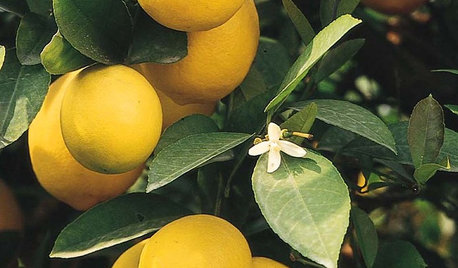
EDIBLE GARDENSThere’s a Lot to Love About a Meyer Lemon Tree
See how to grow this sweet fruit tree
Full Story
SELLING YOUR HOUSE10 Low-Cost Tweaks to Help Your Home Sell
Put these inexpensive but invaluable fixes on your to-do list before you put your home on the market
Full Story
SELLING YOUR HOUSEHelp for Selling Your Home Faster — and Maybe for More
Prep your home properly before you put it on the market. Learn what tasks are worth the money and the best pros for the jobs
Full Story
FEEL-GOOD HOME12 Very Useful Things I've Learned From Designers
These simple ideas can make life at home more efficient and enjoyable
Full Story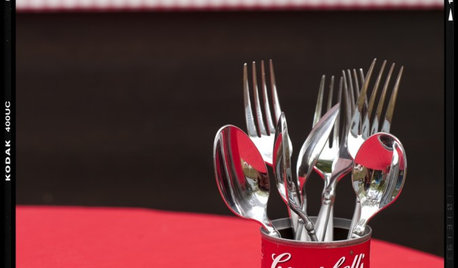
LIFE8 Sick-Day Activities to Get Healthy at Home
Staying home is the fastest way to heal — and to enjoy all the comforts and design details you've spent so much time choosing
Full Story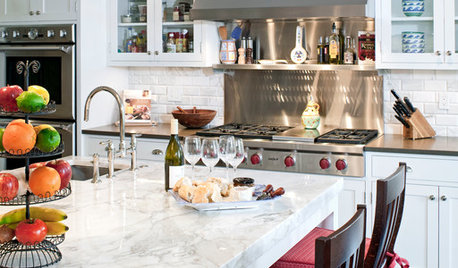
HOUSEKEEPING9 Kitchen Organizing Tips to Help You Waste Less Food
Follow these simple steps to maximize your budget and turn your good intentions into good habits
Full Story
GARDENING GUIDESHow to Keep Your Citrus Trees Well Fed and Healthy
Ripe for some citrus fertilizer know-how? This mini guide will help your lemon, orange and grapefruit trees flourish
Full Story
COLORFUL HOMESThe Best of My Houzz: 10 Living Rooms With Wall Colors to Love
Jet black, Meyer lemon yellow, mossy green — these spaces make a statement with bold color
Full Story
MOST POPULARYour Guide to 15 Popular Kitchen Countertop Materials
Get details and costs on top counter materials to help you narrow down the choices for your kitchen
Full Story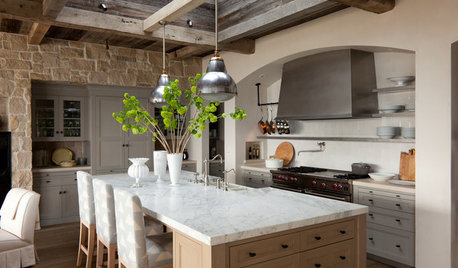
KITCHEN DESIGNHouzz Quiz: What Kitchen Countertop Is Right For You?
The options for kitchen countertops can seem endless. Take our quiz to help you narrow down your selection
Full Story


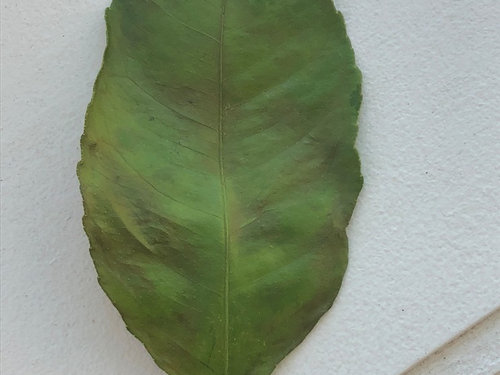
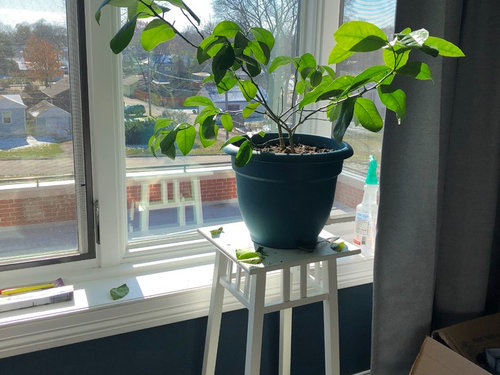
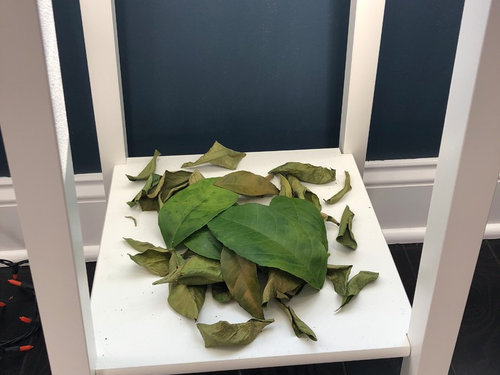

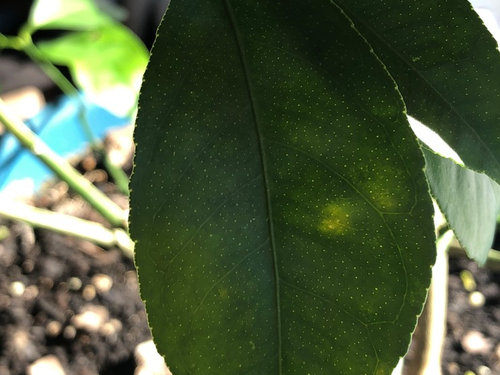
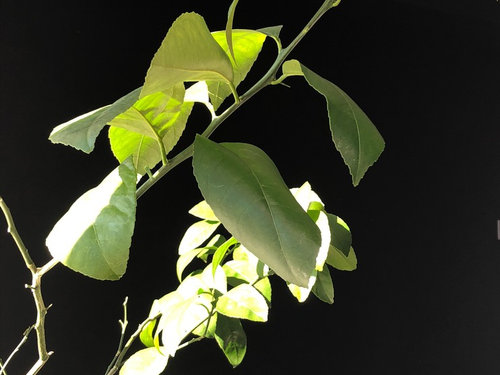
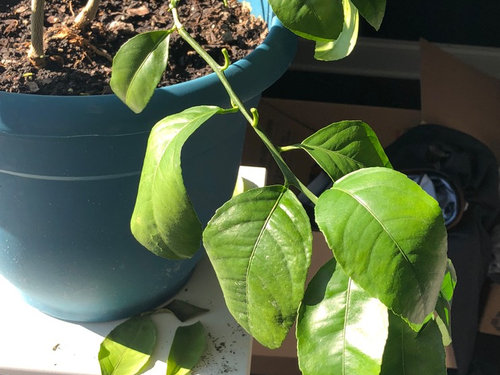
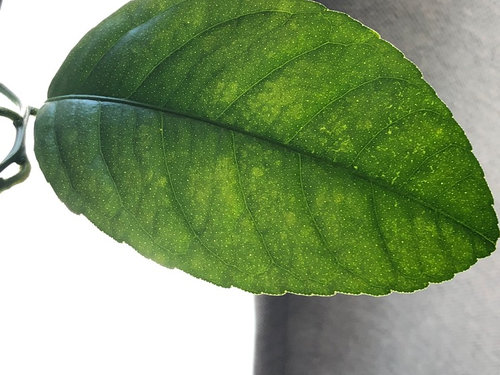
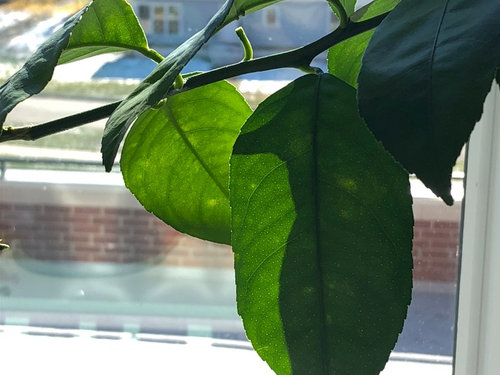
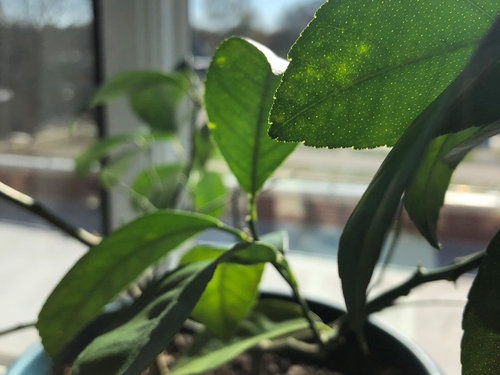
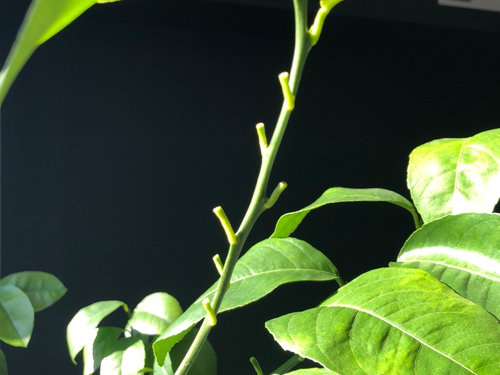
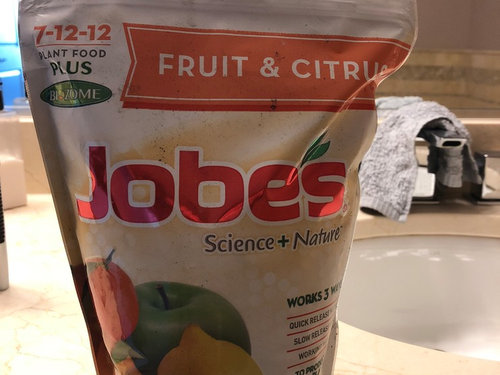

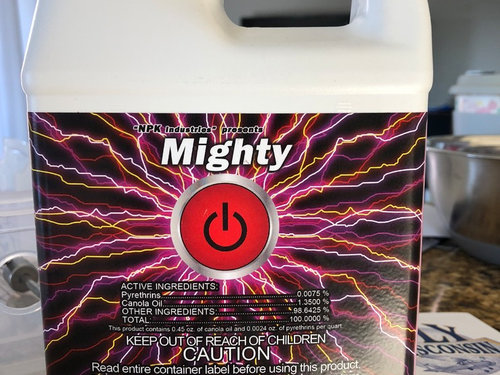
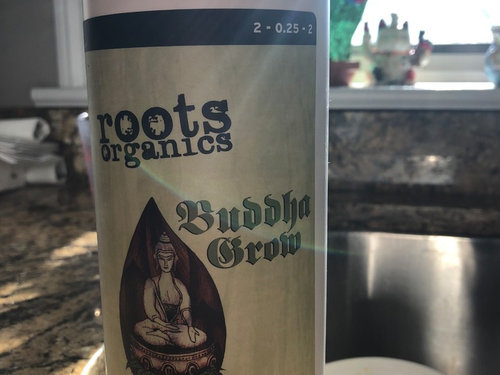
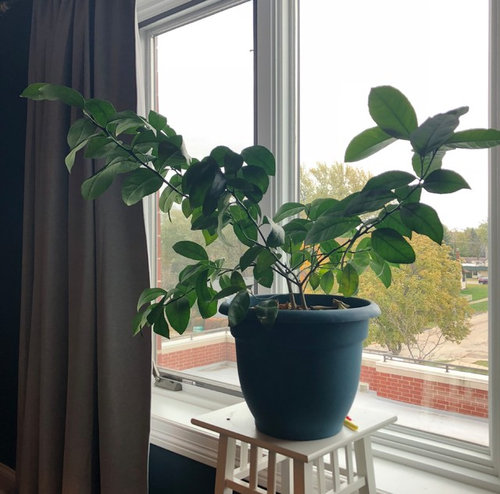
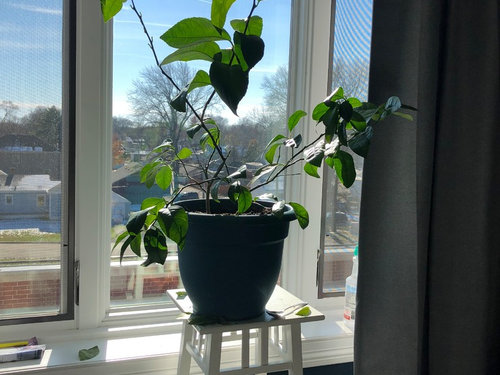
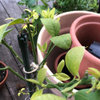
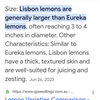
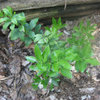
Meyermike(Zone 6a Ma.)